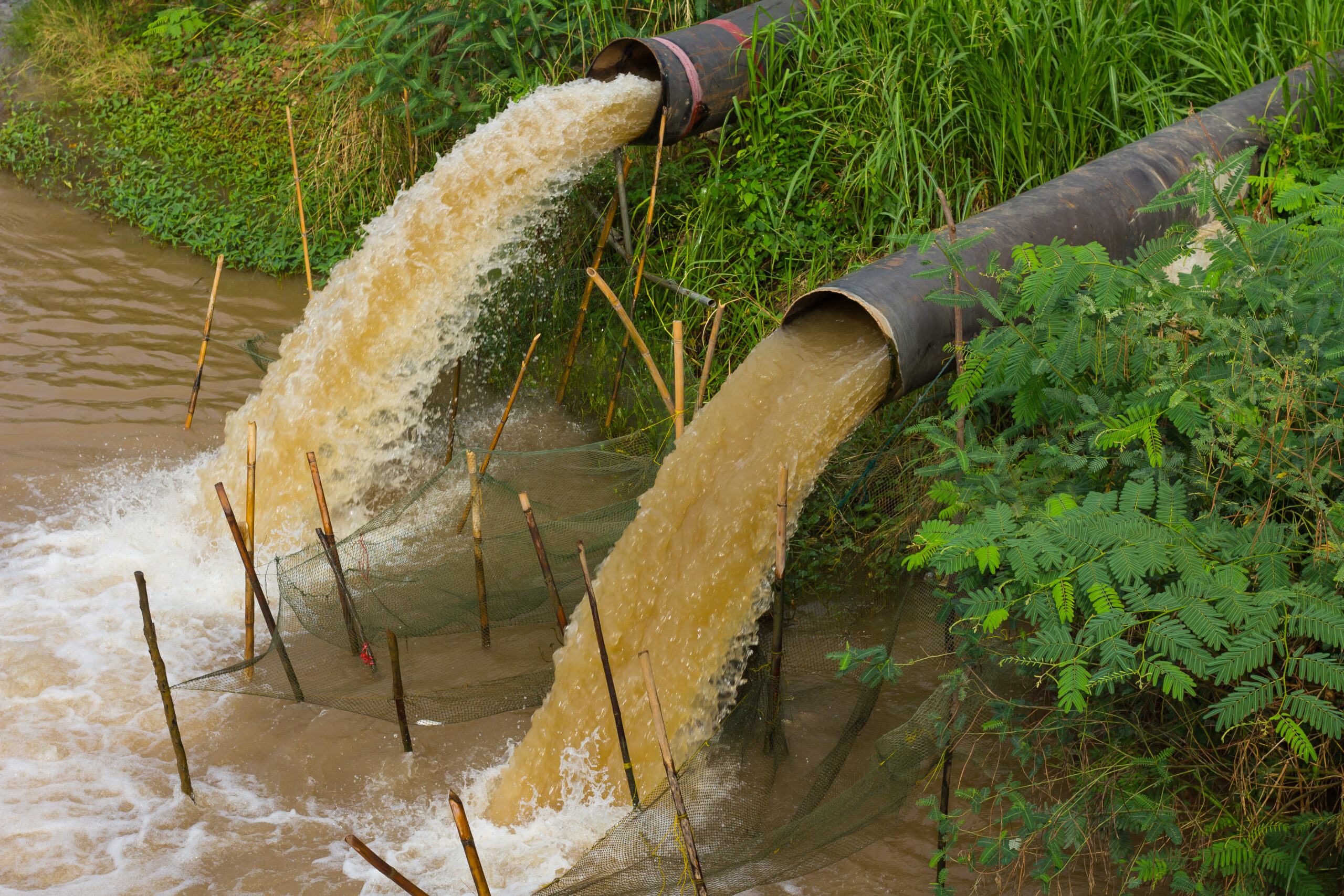
Water pollution occurs when harmful substances such as microorganisms or chemicals contaminate a body of water. In the UK, a recent parliamentary report has found that the UK’s rivers have been highly polluted by raw sewage, slurry, and microplastics. The pollution comes from many sources, with agriculture and water companies being the biggest contributors. Here we will outline some of the challenges of pollutant monitoring in rivers and how the portable quadrupole analyzer can be a beneficial instrument in this process.
Why is Pollutant Monitoring in Rivers Important?
High-quality water is the key to human survival and the survival of the environment. In the UK, people consume around 140 liters of water per day. Increased pollution leads to more treatment of this water, increasing overall prices. Water contamination threatens the life cycles of wildlife, which in turn can get into the human body if they consume animal products.
Pollutant monitoring is a crucial part of environmental studies. Keeping track of the pollutants in rivers requires regular testing and a realistic understanding of current conditions. Analyzers can be used to measure volatile concentrations at sub ppb levels, monitoring pollution and offering accurate insight into river pollution levels.
The main sources of pollution found in rivers are the excessive use of pesticides and fertilizer in agriculture. Additionally, untreated sewage is often released into rivers by water companies.
Dissolved Gases in Rivers
Gas analyzers are employed to monitor the presence and concentrations of gas contaminants in surface water. Gas pollutant monitoring in this manner means that scientists can determine the levels of harmful pollutants that are present in rivers.
Using the pQA for Pollutant Monitoring
The pQA (portable quadrupole analyzer) provides the facility for analysis as low as sub-ppb levels and can be used for monitoring pollutant particles in rivers. The dissolved species probe inlets and the circular membrane carrier inlets address a wide variety of applications.
Traditionally, pollutant monitoring in rivers would use a range of chemical, physical and microbiological techniques. Many of these techniques require specialized laboratories that have sophisticated and costly scientific equipment. This equipment also requires highly qualified personnel to operate them which can result in higher costs.
The pQA supports pollutant monitoring in real-time, meaning understandings can be dealt with more quickly and efficiently
The inlet probe employs a particular membrane that permits small concentrations of dissolved species to move through it and into the high precision quadrupole mass spectrometer.

